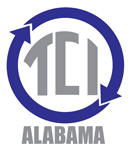 |
|
 |
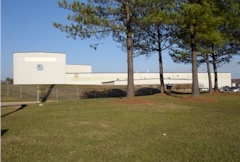 |

Welcome to TCI of Alabama, LLC.
It is our honor to take this opportunity to let you see our
facility / process and show you why TCI should become your service provider
of choice.
TCI is situated on approximately 10 acres in Cogswell
Industrial Park, Pell City, Alabama. The facility was opened
for business in 1989 and has become a leader as an environmental
service provider. We have 70,000 sq. ft. of fully lined
space to process used / obsolete electrical equipment. The
Over 500 shop also has the added protection of steel plating to
assure that high level fluids will remain inside our
facility. The entire floor of the facility was built in a
concave manner to guarantee that in the case of major
leakage, all of the oil will be contained in the facility.
Over the time of operation, TCI has earned a stellar reputation in
customer service and has an unparalleled record of environmental
compliance. We are fully permitted by the EPA and ADEM
(Alabama Department of Environmental Management).
|
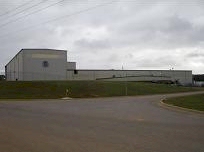 |
 |
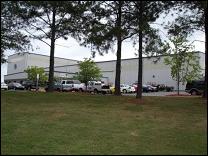 |
 |
|
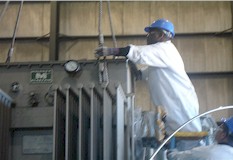 |
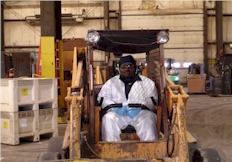 |

Upon
arrival, your equipment will be received by our Material Receiving
Department. Large units will be unloaded with our 50 ton overhead
crane, and smaller units will be unloaded by our forklift
operators. The material is staged in areas designated for
received material, so the load and individual units can be identified,
and the accuracy of the paperwork and material received can be
checked. After the accuracy of the paperwork and the units has
been confirmed, the units are bar-coded so they can be identified
throughout the process of turning them from used / obsolete equipment,
into metals that can be given a second life as recycled products.
In addition, all of the material is checked for physical integrity to
assure any leakage is contained in a manner that keeps our shop clean
and safe. |
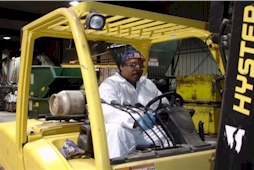 |
 |
|
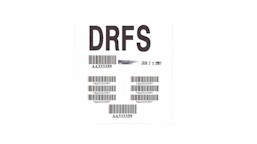 |
 |

The paperwork is passed on to our Receiving Coordinator for a
final quality check and entry into our database. After all
of the information has been entered, paperwork is distributed to
each department as needed. At this point, the items can now
be tracked through the process. Each move that is made in
the facility is reported and entered into the database to assure
that we can tell the location of individual items at any point in
the process.
|
|
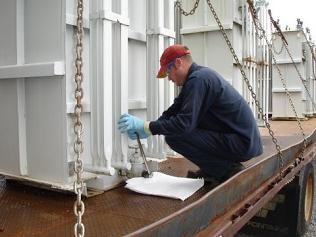 |
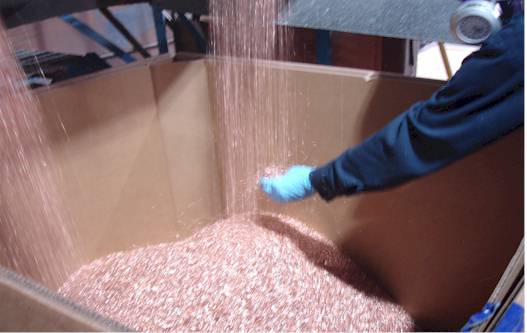 |

The units are then sampled by our sampling team so we can
determine if the items contain PCBs or are EPA
non-regulated. The samples are collected and a Chain of
Custody is generated to assure that the PCB content will be
attached from a data standpoint throughout it's life at our
facility. The accuracy is double-checked by the sampler,
then the samples and Chain of Custody will be passed along to the
laboratory for analysis.
|
|
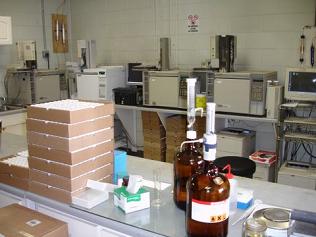 |
 |

Once the samples have been delivered to the laboratory, the
accompanying Chain of Custody is check once again for
accuracy. The data will be entered into the laboratory
database. Following the samples will be extracted and then
put on the gas chromatograph (GC). After the samples have
had an opportunity to run on the GC, one of TCI's analysts will
analyze the data to determine the PCB content. The results
will be passed on to the Laboratory Manager, quality checked, and
certified for return to the plant.
|
|
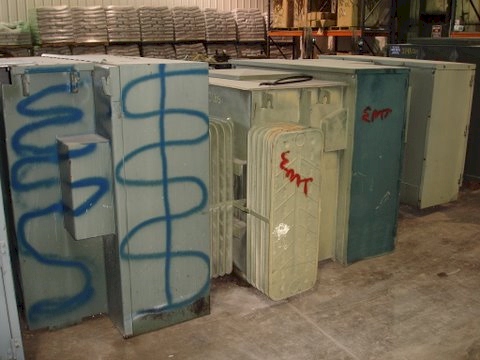 |
 |

Now that the plant knows the content of the material, the units
are color coded to assure that everyone knows how to handle them
in the future. TCI uses orange for PCB units, gold for PCB
contaminated units, and blue for non-regulated units. It is
at this time, that the units can be moved to be physically
processed for recycling and or disposal. |
|
 |
 |

Now all of the equipment can be drained of it's oil. For
this process, all of the oil is pumped to our tank farm. Our
tank farm contains 8 tanks in a self contained area. Each
tank has a specific purpose and designated PCB content. All
of our material will be pumped in place to lessen movement through
the facility. |
|
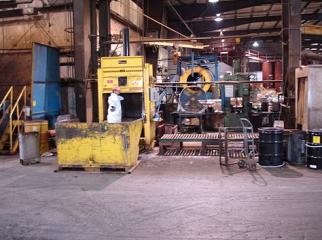 |
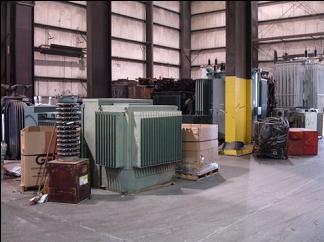 |

All of the low level material is worked in the <500
shop. The material will be broken into smaller parts for
recycling and disposal. Within the <500 shop, there are
many departments that specialize in certain types of
equipment. For instance, we have the following departments
and functions:
- Segregated Customer Areas (areas designated for special
processing)
- Slot Area (areas where all preliminary tasks can be carried
out before physical processing, also for storage of smaller
units)
- Bushing Teardown Area (breaking down specialty items and
bushings)
- Disassembly Line (disassembly and cleaning of small units)
- High Bay Area (storage, teardown, offloading and cleaning of
large units)
- Receiving Docks (offloading of smaller units that can be
handled with forklifts)
- Shipping Docks (for loading metals onto trucks for shipping)
- Metals Sorting Area (formatting metals into the form they
will need to be in to become recycled materials)
- Wash Rack Area (cleaning of large transformer carcasses
takes place)
- Back Dock (area for storage of large non-regulated units)
- Clean Metals Area (staging of metals that are ready to ship)
- Office Area (supervisory / administrative functions take
place)
- Maintenance Area (all maintenance functions)
- Equipment and Laundry Area ( work clothes are cleaned and
all personal protective equipment is contained)
All metals in that contained PCB levels of 50-499 ppm, are
cleaned either by the aqueous washing system, or our solvent
degreasing system. Following cleaning, all of the material
is sampled and sent to the laboratory to assure that it is free of
PCBs and can be used further in the recycling process. The
same is true of the oil. It also can be recycled. Oils
that contain PCBs will be detoxified or incinerated. All
solid wastes are disposed of at an EPA approved TSCA waste
facility.
|
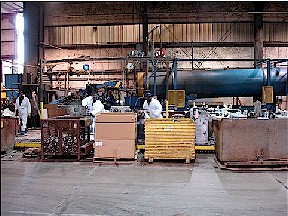 |
 |
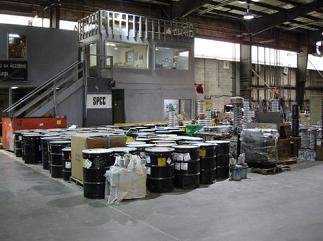 |
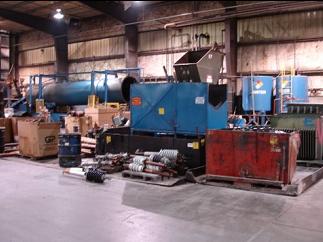 |
 |
 |
|
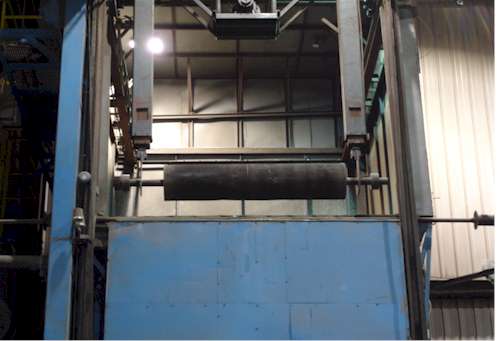 |
 |

All of the high level material is worked in the >500
shop. The material will be broken down into smaller pieces,
and cleaned in our degreasing process to prepare items for
recycling and disposal. Within the >500 shop, there are
many departments that specialize in certain types of
equipment. For instance, we have the following departments
and functions:
- High Bay Area (teardown of large PCB units)
- Degreaser (where all of the metals are decontaminated)
- Pan A (contained area where the cores of large units are
separated for cleaning)
- Bag House Area (the vacuum system for the granulator)
- Granulator Area (where copper and aluminum is granulated for
cleaning)
- Distillation Area (where all of the degreasing solvent is
recaptured and distilled to be used again)
- Pan B (contained area where the cores of small units are
separated for cleaning)
- In Process Storage Area (where items are stored for further
modification before the cleaning process)
- RCRA Storage Area (where wastes from the degreasing process
are stored for incineration)
- Basket Dump Area (metal are packaged here to await quality
checks by the laboratory and the Quality Assurance Department)
- Shipping Dock (for loading metals onto trucks for shipping)
- Clean Metals Storage Area (staging area for clean metals)
- Cable Room (special room for processing lead shielded cable)
All metals that have been washed in the degreaser are then
tested and the samples are sent to the laboratory to assure that
they are free of PCBs. Following, the metals are sent to be
recycled. Oils from the process are sent to an
incinerator. All solid wastes are disposed of at an EPA
approved TSCA waste facility.
|
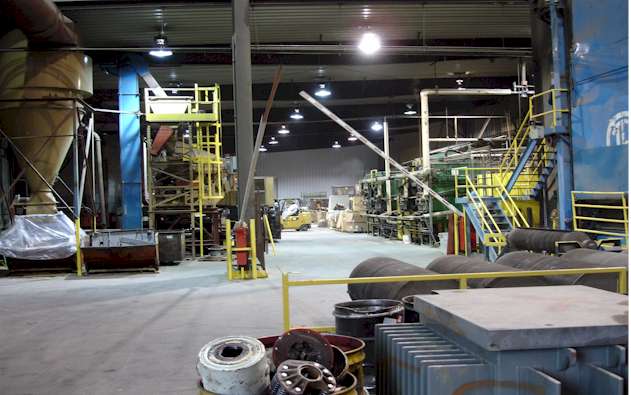 |
 |
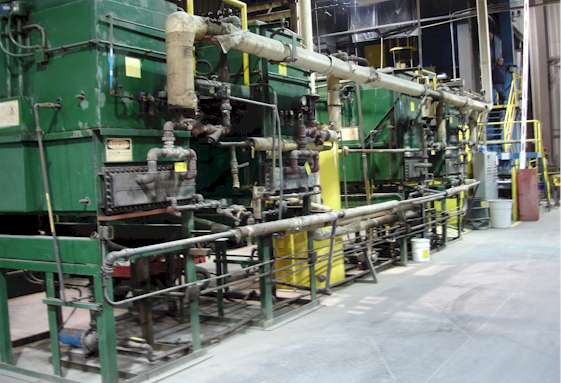 |
 |
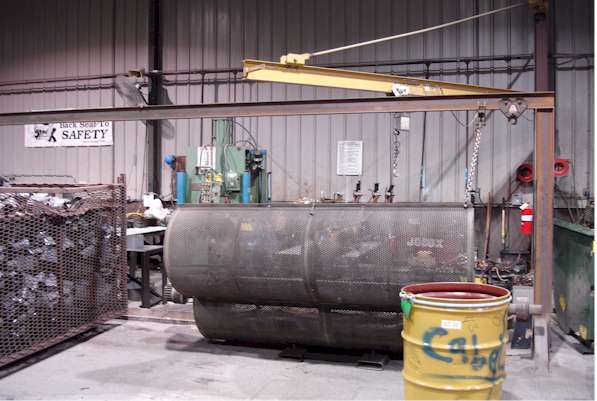 |
 |
|
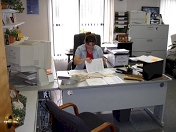 |
 |

After all of the material has been processed all of the
accompanying information is entered into our database. With
the data that has been collect, we are now ready to supply our
customers with all of the documentation that is required by the
EPA. This documentation will include copies of all signed
original documentation (ex. manifest, addendum), all disposal
documentation, and associated Certificates of Disposal (CD). |
|
| |
|
|
|
|
|
